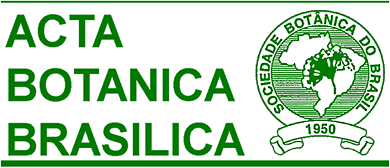ABSTRACT
Dyes used in the textile industry contribute significantly to the increase of water pollution as they are disposed of, most of the time, without proper treatment. Indigo carmine is a synthetic dye widely used in the coloring of jeans and is considered difficult to remove, causing irreversible damage to the food chain in ecosystems. Mycomediation appears as an economical and sustainable way to treat textile effluents, and this work tested three strains of Trametes collected in Brazil against the ability to discolor the indigo carmine and also the activity of laccase, lignin and manganese peroxidases. The experiment was carried out in Kirk medium under static, non-sterile condition, at ± 28 °C for 120 h. Trametes lactinea (URM8350) discolored 81.40 % of the indigo carmine, T. lactinea (URM8350) 85.09 % and T. villosa (URM8022) 96.11 %. Laccase was detected in all specimens. Manganese peroxidase was detected in T. villosa and T. lactinea (URM8354), while lignin peroxidase was not detected in any of the isolates. The ability of T. lactinea to discolor dyes is reported for the first time. The discoloration rates demonstrate the ability of the strains to discolor carmine indigo and their promising use in the discoloration processes in wastewater from the textile segment.
Keywords: Trametes; Basidiomycota; indigo carmine; mycoremediation; pollutants; textile industry

 Trametes lactinea and T. villosa collected in Brazil are able to discolor indigo carmine
Trametes lactinea and T. villosa collected in Brazil are able to discolor indigo carmine Thumbnail
Thumbnail
